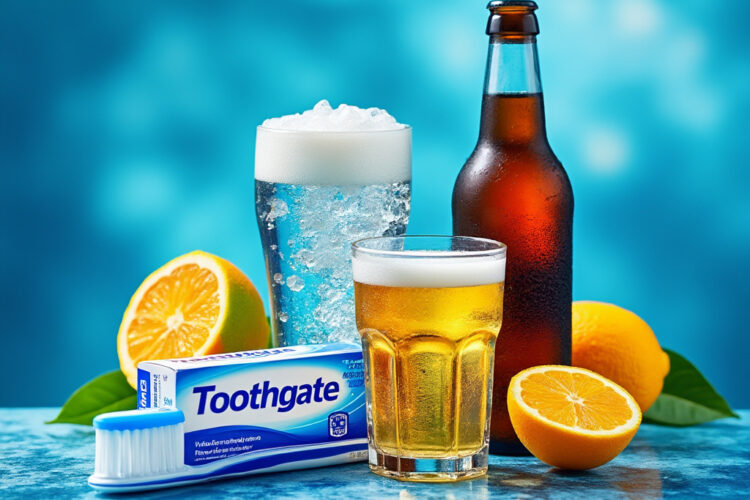Fluoride is a mineral that is added to dental products and drinking water to prevent tooth decay. However, excessive consumption of fluoride can lead to health problems. In this list, we have compiled 50 common sources of fluoride, from food and drinks to household items and industrial products, to help raise awareness of the potential sources of fluoride in our daily lives.
Here are 50 common sources of fluoride:
- Toothpaste
- Mouthwash
- Dental treatments
- Fluoridated water
- Processed foods and drinks made with fluoridated water
- Infant formula made with fluoridated water
- Tea
- Seafood
- Canned vegetables and fruits
- Soda and other soft drinks
- Beer and wine
- Soy milk
- Juice
- Chocolate and cocoa products
- Teflon and other non-stick cookware
- Pesticides
- Fertilizers
- Industrial waste
- Mineral supplements
- Multivitamins
- Prescription drugs
- Anesthetics
- Inhalers
- Antibiotics
- Antifungal medications
- Antidepressants
- Antihistamines
- Anticonvulsants
- Chewing gum
- Topical medications
- Sports drinks
- Energy drinks
- Coffee and tea from fluoridated sources
- Bottled water with added fluoride
- Dental floss
- Salt fluoridation programs
- Soaps and detergents
- Shampoos and conditioners
- Hair dye and other hair products
- Cosmetics
- Contact lens solutions
- Firefighting foam
- Insecticides
- Rodenticides
- Rust removers and other cleaning agents
- Stainless steel products
- Batteries
- Light bulbs
- Certain types of clay and other minerals
- Some types of glass and ceramics.
It’s worth noting that not all of these sources contain significant amounts of fluoride, and the level of fluoride varies widely depending on the specific product and manufacturing process. It’s important to check labels and do research to understand the fluoride content of any products you consume or use regularly.






